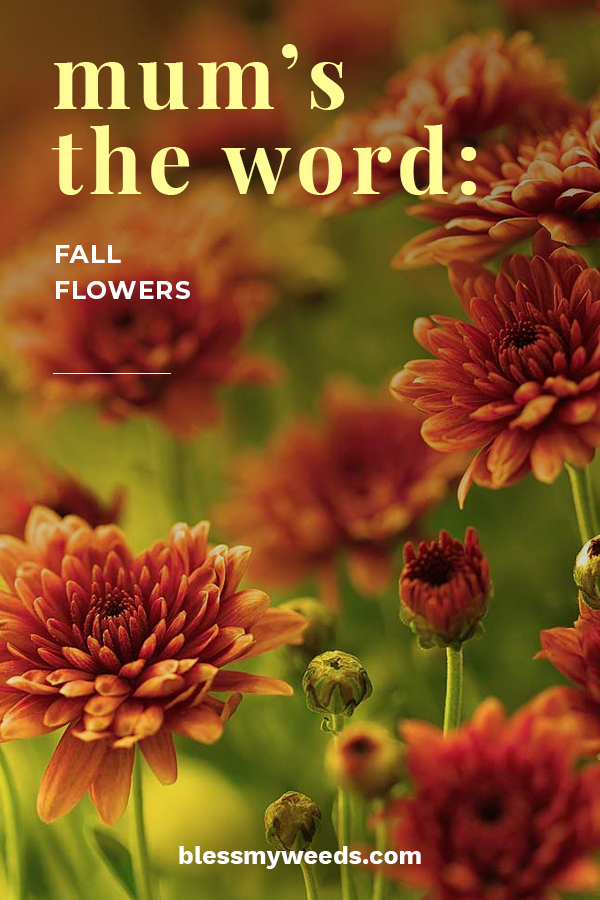
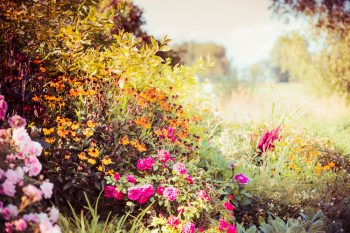
Ahh, fall! Pretty much one of the best times of the year. And there’s nothing like the colors of a fall garden! Today we’re going to take a closer look at a few of the most popular and colorful fall flowers. You’ll want to be sure you have a least a couple of these beautiful fall flowers planted in your own garden.
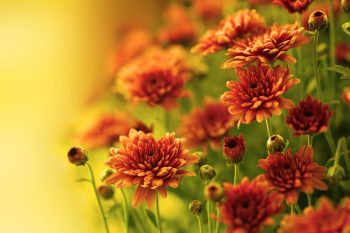
Mums the word, because as you might know, Chrysanthemums are among the most popular and well-known fall flower. Part of that is because they come in so many gorgeous, brightly-colored varieties that it’s hard to choose just one! (At least it is for me). They also bloom in different forms, and can look like daisies, pompoms or buttons. You’ll find Mums in golden yellow, red, purple and white, just to name a few. A fun fact about the Chrysanthemum is that it was originally grown in the Eurasian region–that makes them tropical!
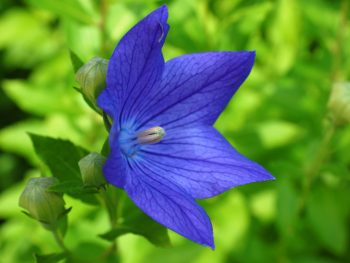
Another fun fall flower is the Balloon flower, or Chinese Bell flower. The blooms actually puff up like balloons before popping open with a brilliant display of color in a gorgeous star shape. I actually have some of these in my own fall garden. A plus about this flower is that it is a perennial that rarely needs dividing. It is also deer-resistant. This purple-blue color is the most common color of Balloon flower, but it is also available in white and pink.
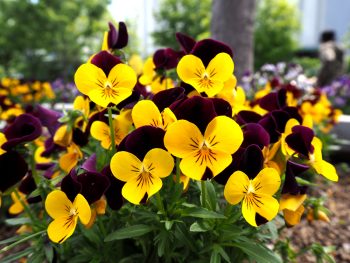
You may not think of the pansy as a fall flower, but it is. Pansies thrive in cooler weather, so both early Spring and Fall are prime pansy-growing times. The ice pansy variety, a more recently developed variety, can even stand up to a light dusting of snow.
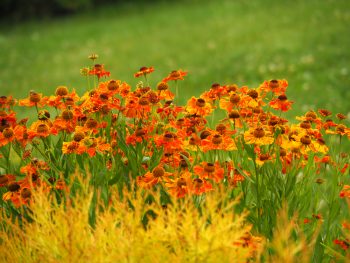
Helenium, or “sneezeweed,” isn’t a flower to be afraid of. It won’t really make you sneeze! The Native Americans named this lovely fall flower because they used it to make snuff. Helenium will bloom profusely during August and September, and will often rebloom sometime in October, which means you’ll get a lot of life out of it. Bees love this flower, too, which stands as tall as 5′ and makes lovely cut flowers. Bees are great for your garden, so these beautiful fall flowers are a win on many levels!
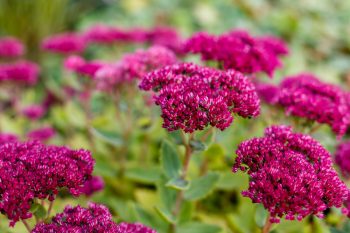
Sedum stands out from the rest for its thick, dark, waxy leaves. The flowers themselves attract butterflies, even in Fall. Plant Sedum in early Spring, and divide during the Spring or Fall to control the spread.
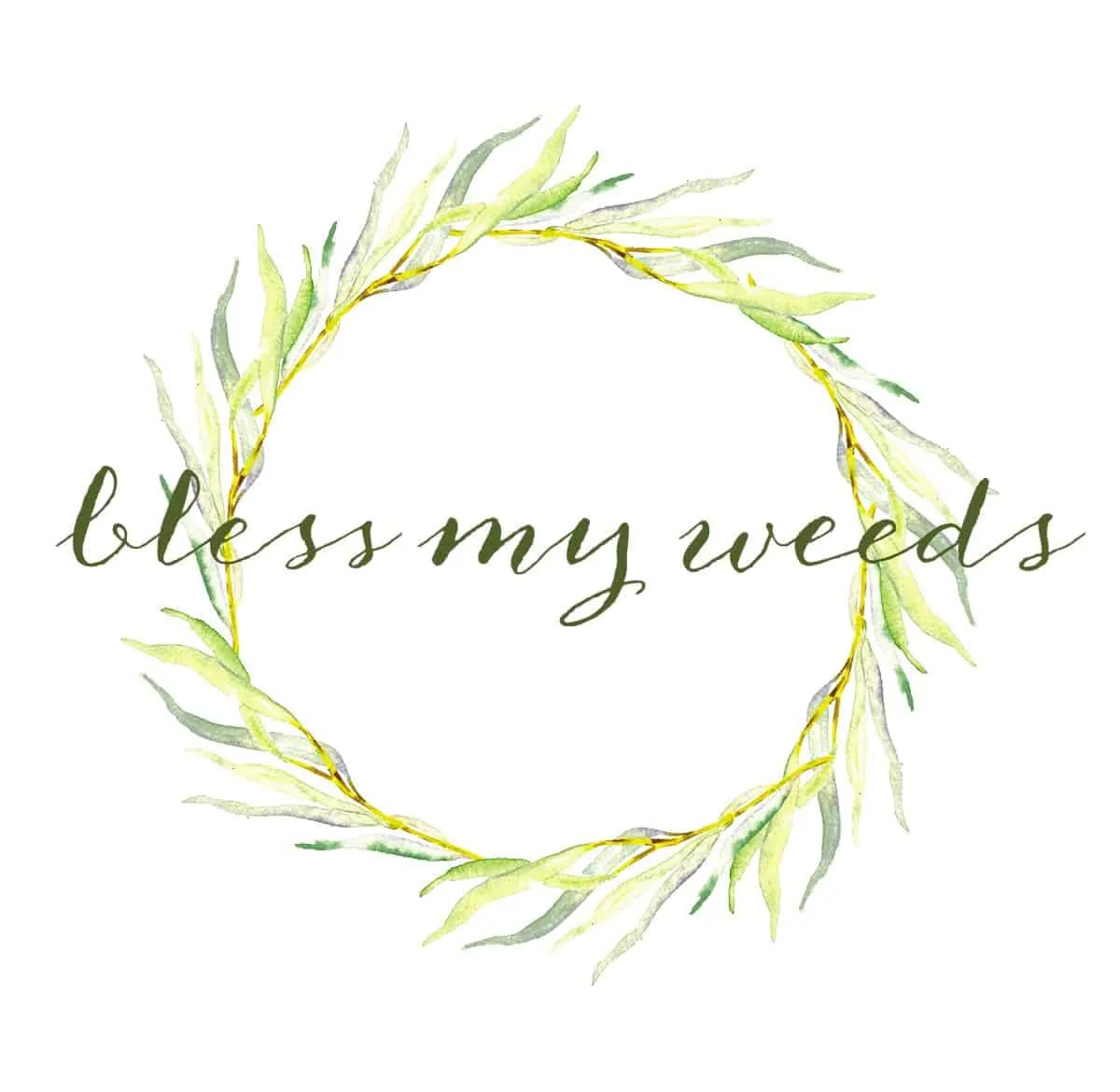
Leave a Reply